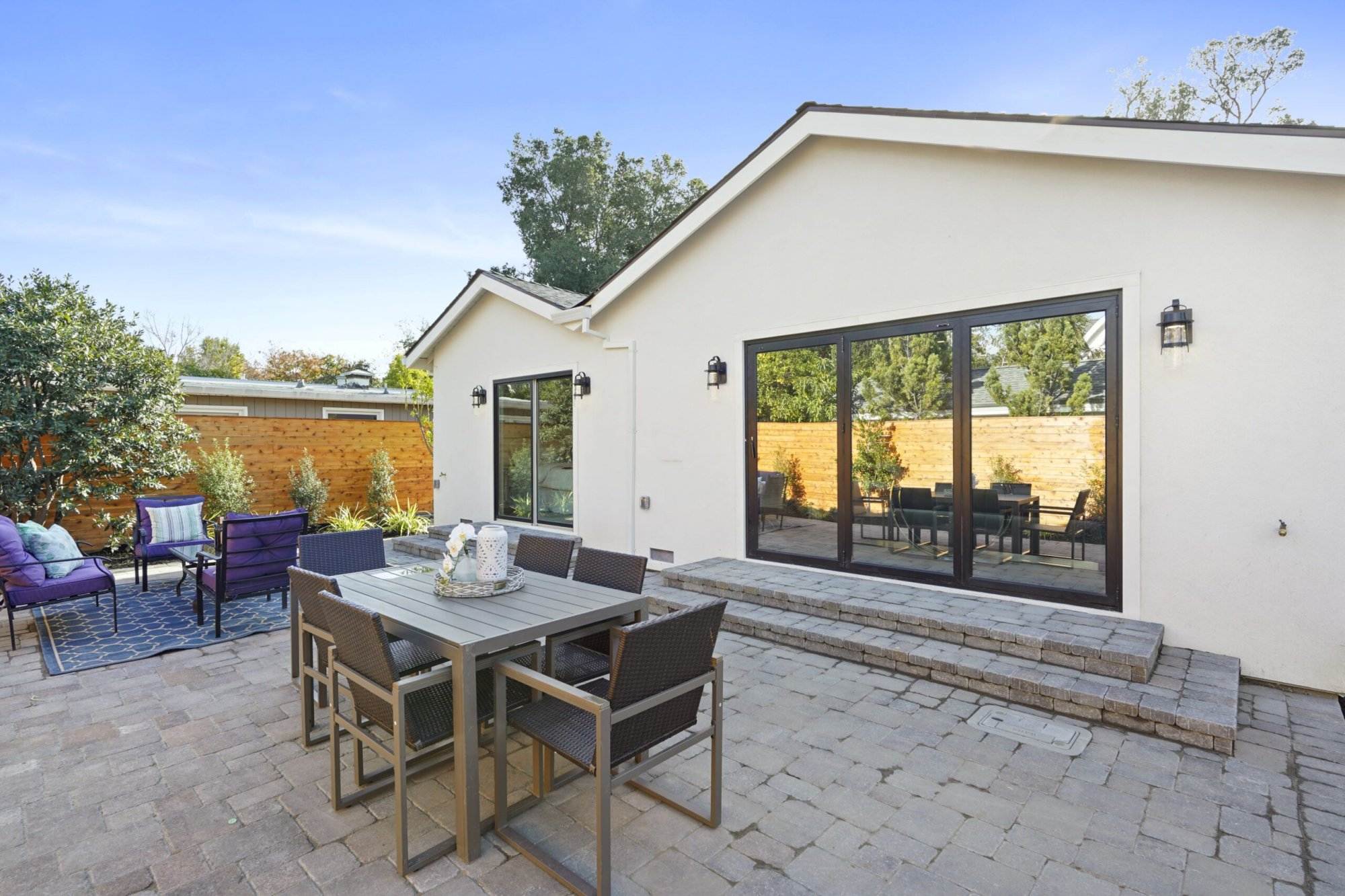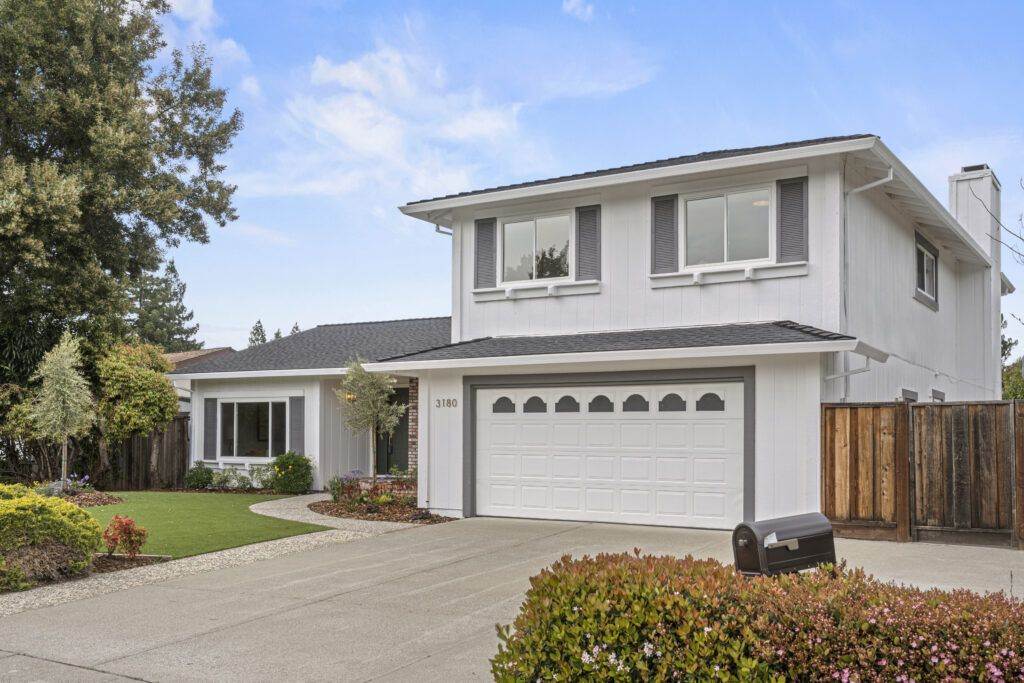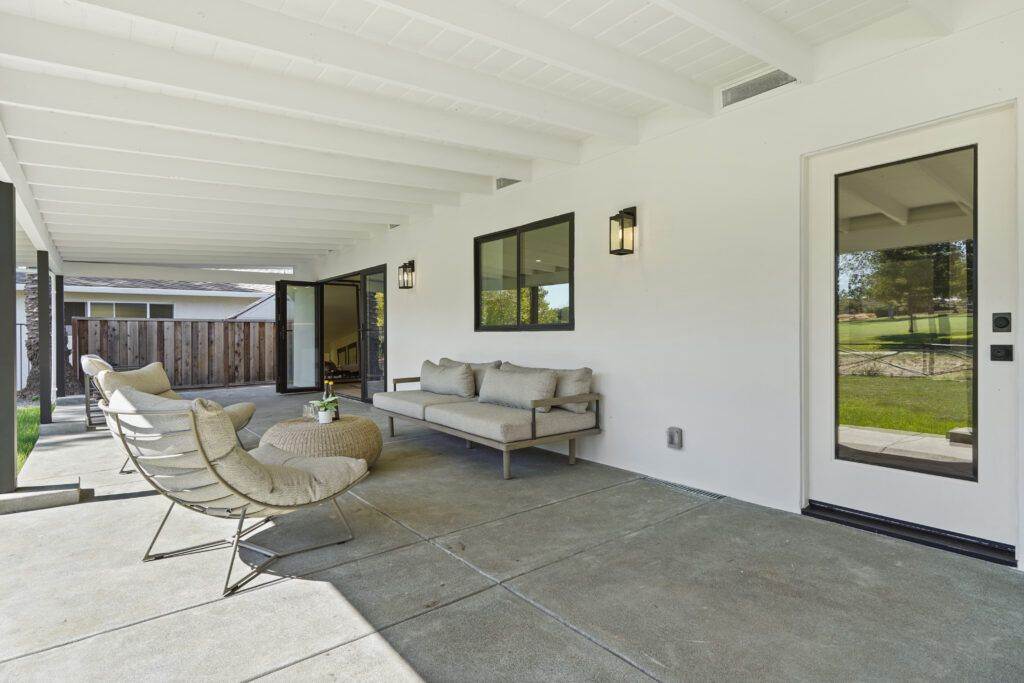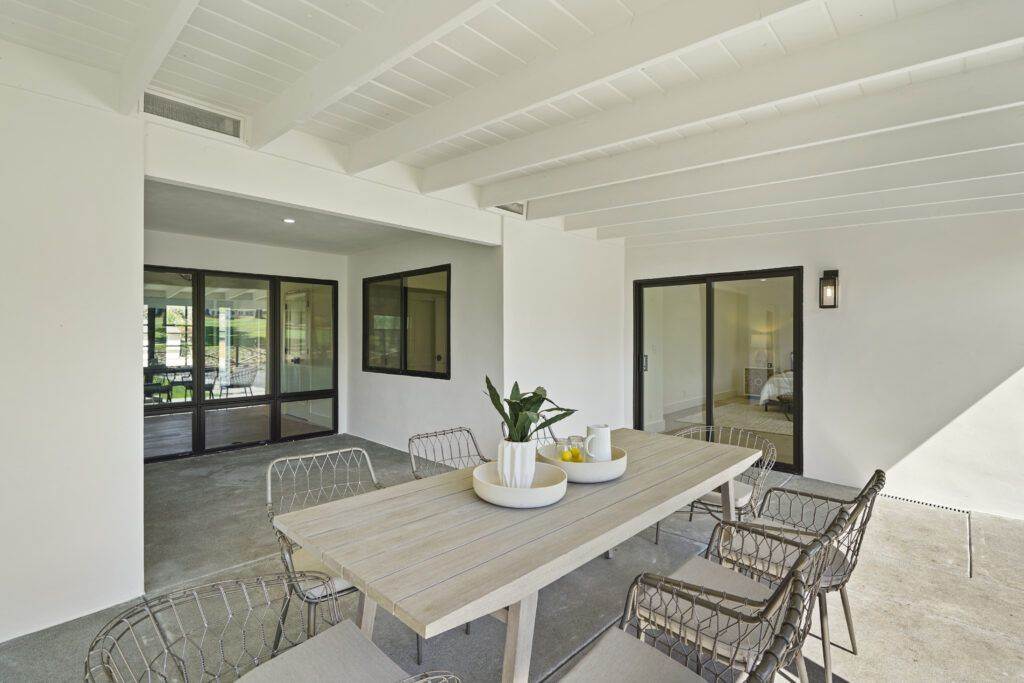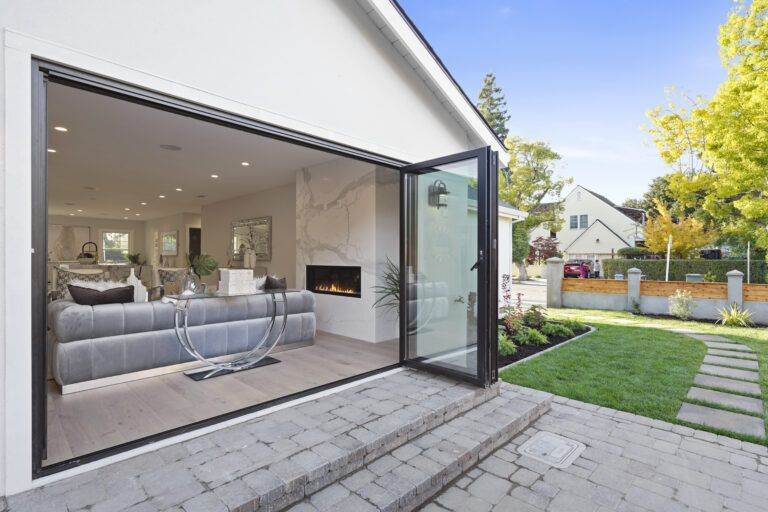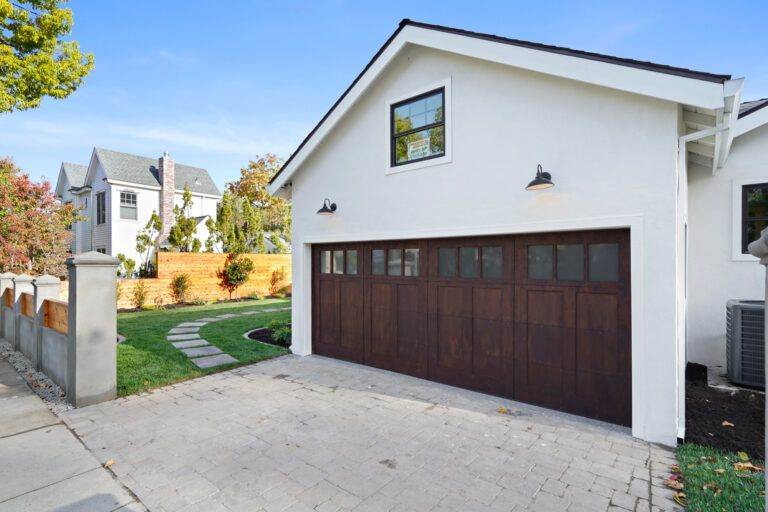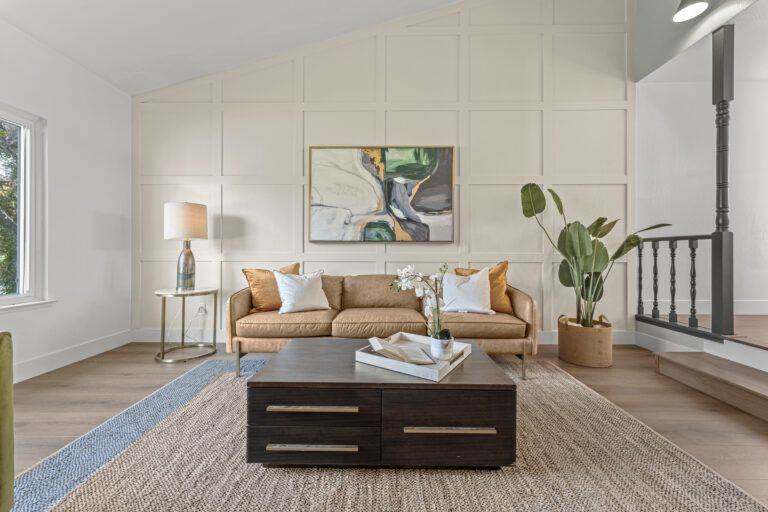From Granny Flats to Tiny Homes: How to Pick the Best ADU for Your Property
Accessory Dwelling Units (ADUs) are becoming increasingly popular as a way to maximize the use of residential properties. There are several different types of ADUs, each with its own unique features and benefits. The most common types of ADUs include detached ADUs, attached ADUs, and interior ADUs. Detached ADUs are separate structures from the main house, such as a standalone cottage or garage conversion. Attached ADUs are connected to the main house, such as a basement or attic conversion. Interior ADUs are units within the main house, such as a separate apartment or in-law suite. Each type of ADU has its own set of advantages and considerations, so it’s important to understand the differences before deciding which type is best for your property.
Detached ADUs offer the most privacy and independence, making them ideal for rental properties or guest accommodations. However, they may require more space and construction costs. Attached ADUs are more convenient for homeowners who want to expand their living space without sacrificing their yard or outdoor area. Interior ADUs are a great option for homeowners who want to create a separate living space for family members or renters without the need for additional construction. Understanding the different types of ADUs will help you make an informed decision about which type is best suited for your property and needs.
Assessing Your Property and Zoning Regulations
Before moving forward with an ADU project, it’s important to assess your property and understand the zoning regulations in your area. Zoning regulations can vary significantly from one location to another, so it’s crucial to research and understand the specific requirements and restrictions that apply to your property. Some common zoning regulations that may impact your ability to build an ADU include minimum lot size, setback requirements, maximum building height, and parking requirements. Additionally, some areas may have specific regulations regarding the use of ADUs for rental purposes or the number of occupants allowed in the unit.
In addition to zoning regulations, it’s important to assess your property to determine if it’s suitable for an ADU. Consider factors such as available space, access to utilities, and potential impact on the existing landscape. For example, if you’re considering a detached ADU, you’ll need to ensure that there is enough space on your property to accommodate the new structure without encroaching on setback requirements or other zoning restrictions. Assessing your property and understanding the zoning regulations will help you determine if building an ADU is feasible and what steps you need to take to move forward with the project.
Considering Your Needs and Goals
When considering an ADU project, it’s important to think about your specific needs and goals for the additional living space. Are you looking to create a rental unit for extra income? Do you need a separate living space for aging parents or adult children? Are you interested in expanding your own living space for a home office or studio? Understanding your needs and goals will help you determine the size, layout, and features of the ADU that will best meet your requirements.
For example, if you’re planning to rent out the ADU, you may want to focus on creating a functional and attractive space that will appeal to potential tenants. On the other hand, if you’re building an ADU for family members, you may want to prioritize features that will enhance comfort and accessibility. Additionally, if you’re planning to use the ADU as a home office or studio, you may want to consider features such as ample natural light and soundproofing. By considering your needs and goals for the ADU, you can ensure that the final design and construction meet your expectations and provide the functionality you require.
Budgeting for Construction and Maintenance
Building an ADU is a significant investment, so it’s important to carefully budget for both construction costs and ongoing maintenance expenses. Construction costs for an ADU can vary widely depending on factors such as size, location, materials, and labor costs. It’s important to obtain accurate estimates from reputable contractors and factor in any additional expenses such as permits, design fees, and utility connections. Additionally, it’s important to consider ongoing maintenance costs such as utilities, insurance, property taxes, and repairs.
When budgeting for an ADU project, it’s important to be realistic about your financial resources and consider how the additional expenses will impact your overall financial situation. If you’re planning to rent out the ADU, it’s important to factor in potential rental income when determining the financial feasibility of the project. Additionally, it’s important to consider long-term maintenance costs and plan for any unexpected expenses that may arise. By carefully budgeting for construction and maintenance expenses, you can ensure that your ADU project is financially sustainable and provides a positive return on investment.
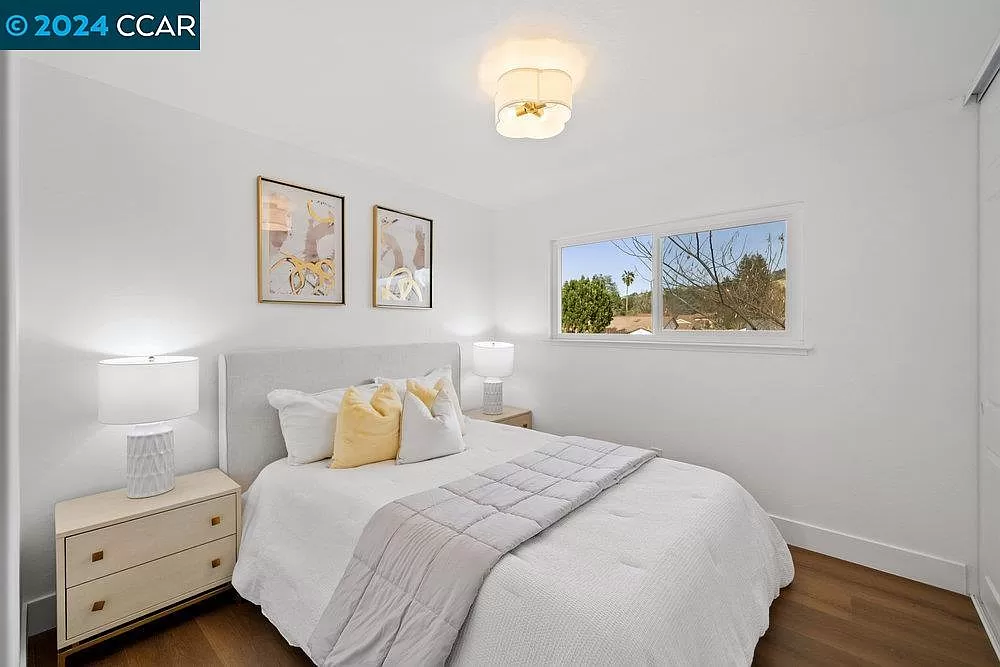
Evaluating the Environmental Impact
Building an ADU can have both positive and negative environmental impacts, so it’s important to carefully evaluate the potential effects of the project on the surrounding environment. On one hand, building an ADU can help reduce urban sprawl by increasing housing density in existing neighborhoods. Additionally, ADUs can promote sustainable living by providing more efficient use of resources and reducing the need for new construction on undeveloped land. However, building an ADU can also have negative environmental impacts such as increased energy consumption, water usage, and waste generation.
To minimize the environmental impact of an ADU project, it’s important to consider factors such as energy efficiency, water conservation, and sustainable materials. For example, incorporating energy-efficient appliances, solar panels, and high-quality insulation can help reduce energy consumption and lower utility costs. Additionally, using low-flow fixtures and drought-tolerant landscaping can help conserve water resources. By evaluating the environmental impact of an ADU project and implementing sustainable design and construction practices, you can minimize negative effects on the environment and contribute to a more sustainable community.
Choosing the Right Design and Style
The design and style of an ADU can significantly impact its functionality, aesthetics, and overall value. When choosing a design and style for your ADU, it’s important to consider factors such as architectural compatibility with the main house, functionality for intended use, and personal preferences. For example, if you’re building a detached ADU in a traditional neighborhood, you may want to choose a design that complements the architectural style of the main house. On the other hand, if you’re building an interior ADU for personal use, you may have more flexibility to customize the design to suit your individual tastes and lifestyle.
In addition to architectural style, it’s important to consider interior layout and features that will enhance the functionality and comfort of the ADU. For example, if you’re building a rental unit, you may want to focus on creating a space that maximizes privacy and convenience for tenants. If you’re building an ADU for family members or personal use, you may want to prioritize features such as accessibility, natural light, and storage space. By choosing the right design and style for your ADU, you can create a space that meets your needs while enhancing the overall appeal and value of your property.
Hiring the Right Professionals for Construction and Installation
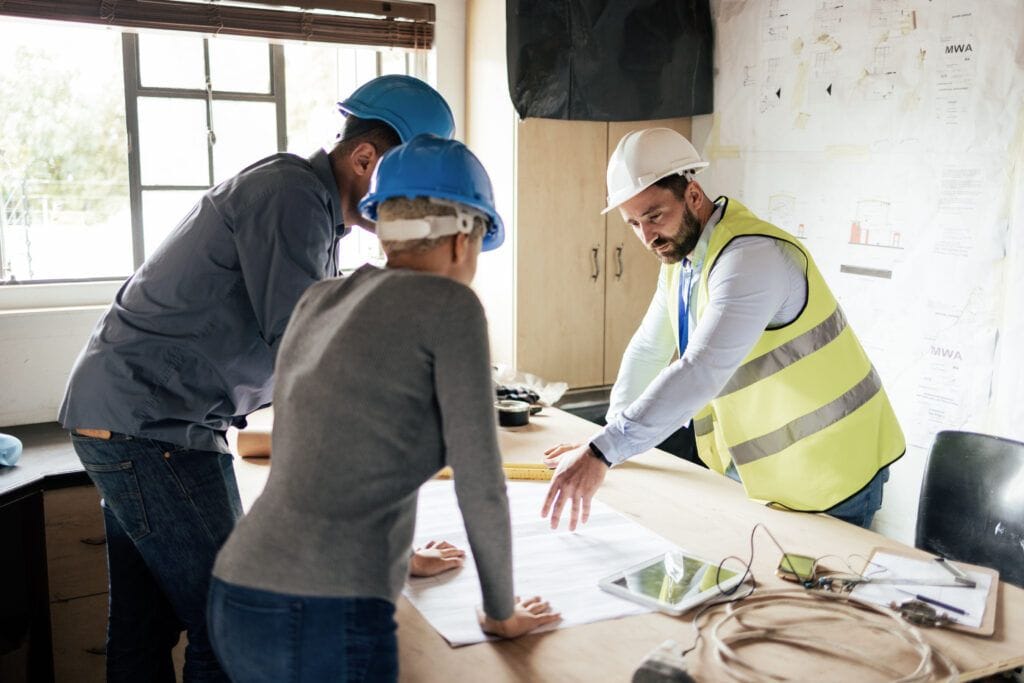
Building an ADU is a complex project that requires expertise in design, construction, and installation. To ensure a successful outcome, it’s important to hire the right professionals who have experience with ADU projects and understand the specific requirements and challenges involved. When hiring professionals for an ADU project, it’s important to research potential candidates thoroughly and obtain multiple bids to compare qualifications and costs. Look for professionals who have a proven track record of successful ADU projects, relevant certifications or licenses, and positive references from previous clients.
In addition to hiring qualified contractors and builders, it’s important to work with professionals who have experience with zoning regulations and permitting processes in your area. Navigating through zoning regulations can be complex and time-consuming, so having professionals who understand the requirements and can guide you through the process is essential for a successful project. Additionally, if you’re planning to install features such as solar panels or energy-efficient systems in your ADU, it’s important to work with professionals who have expertise in sustainable design and construction practices. By hiring the right professionals for construction and installation, you can ensure that your ADU project is completed efficiently, safely, and in compliance with all relevant regulations.
In conclusion, building an Accessory Dwelling Unit (ADU) is a significant undertaking that requires careful consideration of various factors such as zoning regulations, environmental impact, budgeting, design, and hiring professionals. By understanding the different types of ADUs available and assessing your property’s suitability for construction within zoning regulations will help determine which type is best suited for your property and needs. Considering your specific needs and goals will help determine what size layout features are necessary for your new living space while budgeting for construction maintenance will ensure financial sustainability over time. Evaluating environmental impacts will help minimize negative effects on surrounding environments while choosing the right design style will enhance functionality aesthetics overall value of your property. Finally hiring professionals with experience in design construction installation will ensure successful completion of your new living space while complying with all relevant regulations. With careful planning consideration of these factors building an ADU can be a rewarding investment that adds value functionality to your property while contributing positively to your community’s housing needs.

